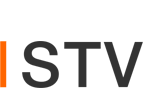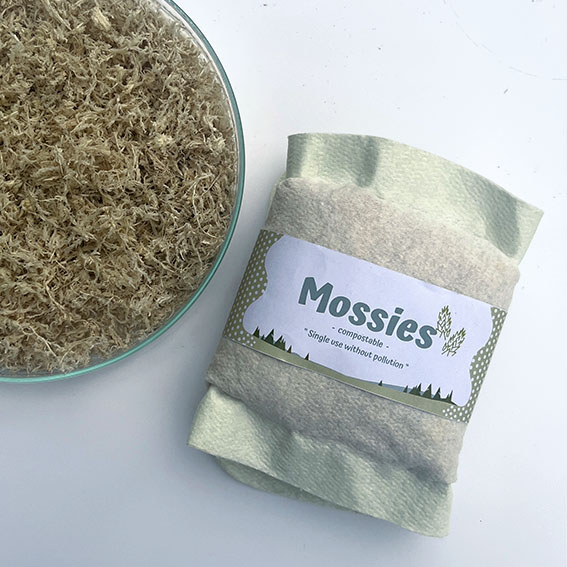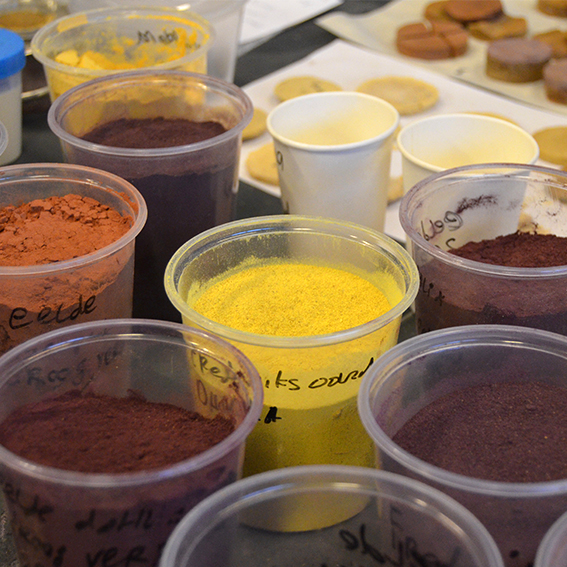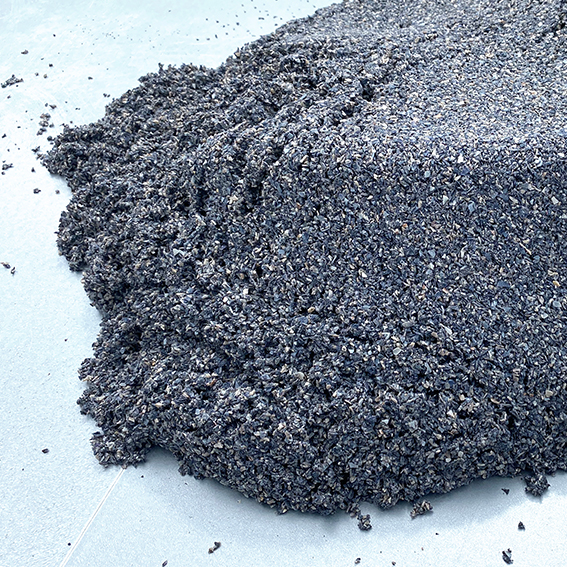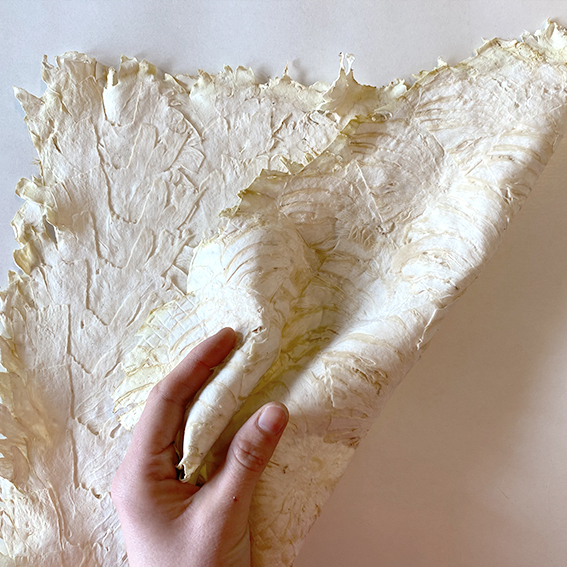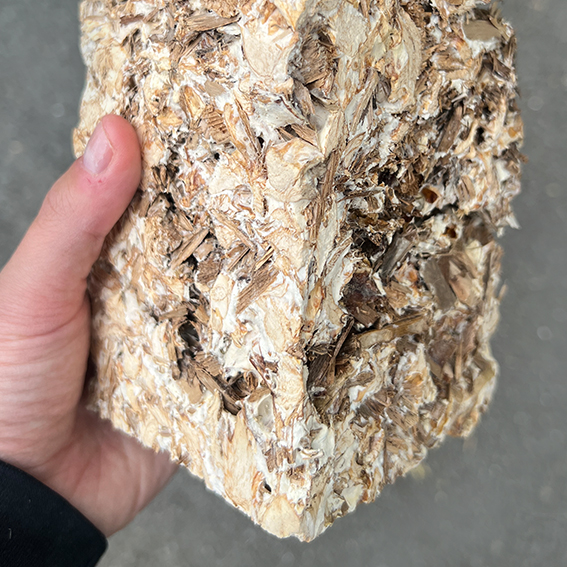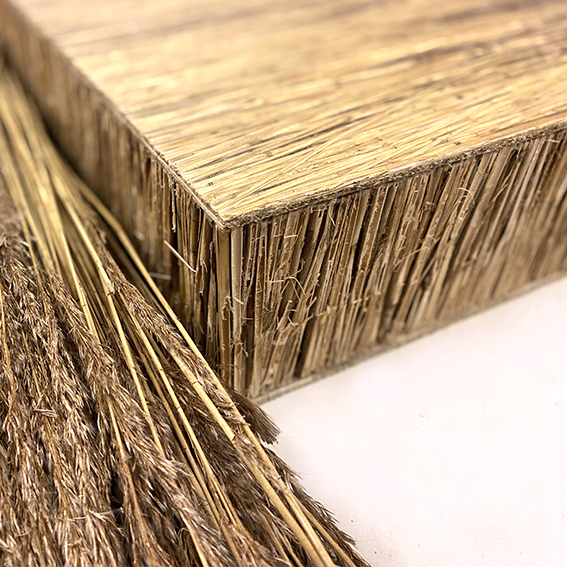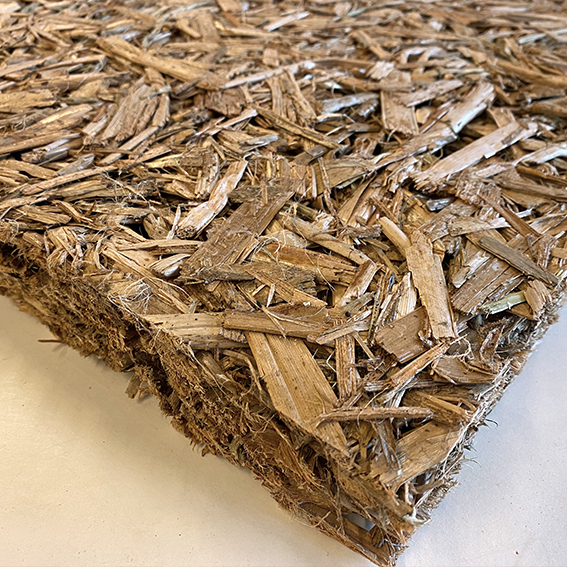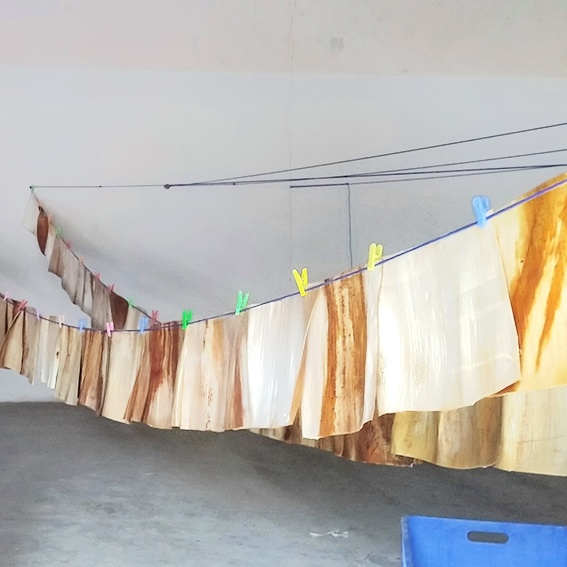21 Jun Wetland – Sphagnum
[vc_row css_animation="" row_type="row" use_row_as_full_screen_section="no" type="full_width" angled_section="no" text_align="left" background_image_as_pattern="without_pattern"][vc_column width="1/2"][vc_column_text css=""] WETLAND SPHAGNUM Sphagnum is a cornerstone of our national water ecosystem, biodiversity and CO2 storage. For thousands of years Sphagnum (Veenmos) has captured carbon and sequestered this in our peat bogs. However, for hundreds of years we...



